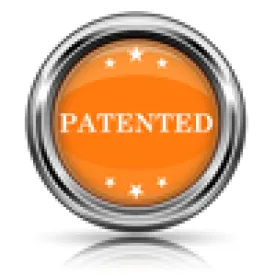In its Decision, the Board denied Patent Owner’s Motion for Additional Discovery seeking production of documents and “authorization to take a deposition of an IBM designee.” In particular, Patent Owner sought discovery to determine whether Petitioner was in privity with J.P. Morgan Chase & Co. (“JPMC”) with respect to Patent Owner’s patent infringement litigation against JPMC and two subsidiaries (“New York litigation”). Because JPMC had been served with a complaint more than one year before the Petition was filed, Patent Owner argued that the Petition was time-barred by virtue of Petitioner’s privity with JPMC.
Whether a party is a privy “depends on whether the relationship between a party and its alleged privy is ‘sufficiently close such that both should be bound by the trial outcome and related estoppels.’” The Board considers “whether the non-party exercised or could have exercised control over a party’s participation in a proceeding.”
The party seeking additional discovery “must show that such additional discovery is in the interests of justice.” According to the first Garmin factor, the party “should already be in possession of evidence tending to show beyond speculation that in fact something useful will be uncovered.”
Patent Owner argued that publicly available information established a “high probability” that evidence that Petitioner had “the contractual right to control JPMC’s defense in the New York litigation,” citing the “IBM Client Relationship Agreement” and “IBM Customer Agreement” available on Petitioner’s website. According to Patent Owner, the documents established that Petitioner has the right “if not the duty” to control the defense of infringement claims made against its customers, triggered when the customer notifies Petitioner in writing. Patent Owner also cited evidence of statements made by JPMC that it was coordinating with Petitioner to take over the defense of the New York litigation.
The Board found that Patent Owner did not provide persuasive evidence of an agreement between JPMC and Petitioner. Even if such an agreement existed, the Board was not persuaded that it contained an indemnification clause similar to that found on Petitioner’s website, and even if it did, the Board was not persuaded that Petitioner had actual control or the opportunity to control the New York litigation in light of the additional conditions that must be met before Petitioner could assume control. Patent Owner did not offer evidence that any of the additional conditions had been met with respect to JPMC and the New York litigation. With respect to the statements made by JPMC in the New York litigation, the Board found that the evidence only established that JPMC was coordinating with “potential third parties––about two dozen companies, including [Petitioner].” Thus, the Board found that Patent Owner did not set forth “any more than a possibility and allegation that something useful will be found.”
With respect to the discovery requests, the Board found some of the document requests to be overly burdensome that would require significant expenditures by Petitioner.
Therefore, the Board denied Patent Owner’s Motion for Additional Discovery.
International Business Machines Corporation v. Intellectual Ventures II LLC, IPR2015-01322 and IPR2015-001323
Paper 11: Decision Denying Patent Owner’s Motion for Additional Discovery
Dated: September 24, 2015
Patent: 6,314,409 B2
Before: Kristen L. Droesch, Barbara A. Parvis, and Matthew R. Clements
Written by: Droesch



 />i
/>i

